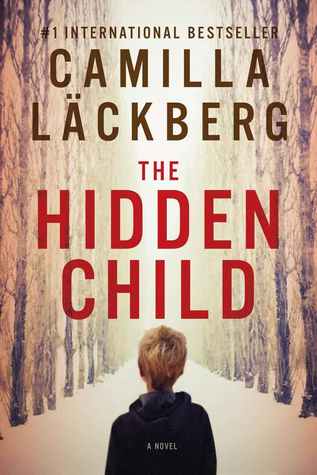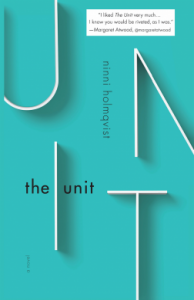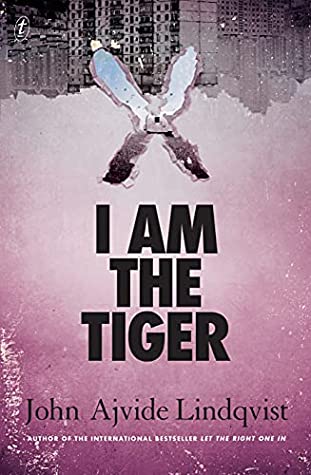


Marlaine Delargy grew up in Manchester, England; studied in Aberystwyth, Wales; worked in Sweden and Finland; and taught in Welshpool in Powys and Bewdley in Worcestershire until 2004. She now lives in rural Shropshire with the obligatory collection of spoiled cats.
Rachel Cordasco: You have translated many Swedish texts, the majority of which are crime/horror/detective novels. Why did you first learn Swedish, and when did you decide to become a translator from that language?
Marlaine Delargy: I’ve translated about 65 novels, mainly crime fiction, some literary fiction, plus eight of John Ajvide Lindqvist’s horror novels / short stories.
I studied Swedish and German at the University College of Wales, Aberystwyth in the 1970s, and eventually taught German in secondary schools in the UK for almost twenty years. I’d done some Swedish to English translation for Swedish Book Review, but never really thought of it as a possible career. When I turned 50 I decided I couldn’t face another ten or fifteen years telling teenagers to take their coats off and put their phones away, so I left and got a part-time job teaching IT to adults. Laurie Thompson, who edited Swedish Book Review for many years and was my tutor at Aberystwyth, put me in touch with the big Swedish literary agents, and on his recommendation they commissioned me to translate extracts from novels, non-fiction publications, catalogues, all kinds of things. One of those extracts was from Åsa Larsson’s first novel Sun Storm, and Random House USA then asked me to translate the whole book. That was the beginning; I continued teaching IT until the summer of 2010, and have been translating full-time ever since.
RC: Your recent speculative fiction translations include Ninni Holmqvist’s The Unit and John Ajvide Lindqvist’s Places Trilogy. In both Holmqvist and Lindqvist’s books, the horror doesn’t jump on the reader often (in terms of blood and gore) but seems to sneak in without the reader realizing it. Would you agree with that assessment? And more generally, do you approach Swedish speculative fiction differently than other genres?
MD: I translated The Unit in 2008, so not very recently…
I would definitely agree with your assessment; I found Ninni Holmqvist’s writing heart-breaking in its matter-of-fact simplicity. I wouldn’t normally read horror, but again I love the way John writes. There is always humour, even in the darkest tales, and there is a love story at the heart of everything he does. This is particularly true of The Kindness, a 700+ page epic which will be out in English later this year.
I wouldn’t say I approach this type of fiction differently; in every case the translator has to find the right ‘voice’ to suit the text, and obviously this is easier if you’ve translated several books by the same writer, but in the end it’s the quality of the writing that dictates the process.
RC: What are you translating these days? Also, what would you *like* to translate that you haven’t had time for?
MD: I’m about to go through the edit of Viveca Sten’s Hidden in Snow, which is the first in a new series of murder mysteries. Her ten previous crime novels were set on the island of Sandhamn in the Stockholm archipelago, but this one is set in the small community of Åre in northern Sweden, which gives a whole different vibe. I will be translating a novel for an agent next month, but can’t really say any more about that as it hasn’t been published yet. I recently translated an extract from Johan Theorin’s latest novel, and would love to translate the whole thing as he’s one of my favourite writers.
RC: What three things do you want readers of this interview to know about Swedish speculative fiction?
MD: That’s a difficult question to answer. I think I’d say give translated fiction a go; if it’s a good translation, then it should read as if it were written in English. A writer like John Ajvide Lindqvist has a very broad range; there is a vast difference between the Places Trilogy and earlier works like Harbour and Little Star. They also make fantastic films – Let the Right One In, of course, but Border, based on a short story in Let the Old Dreams Die, is also worth checking out.
Thanks so much to Marlaine for answering these questions!

3 comments on “Interview: Marlaine Delargy”